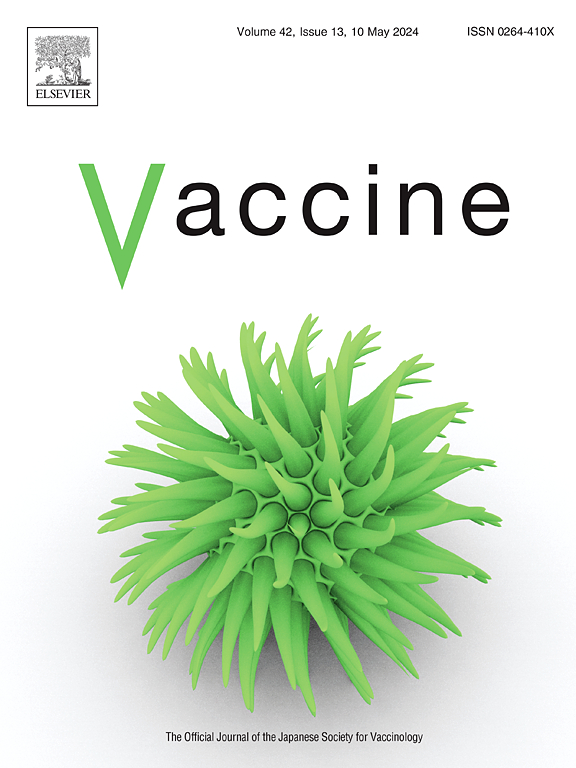Vaccine value profile for schistosomiasis
IF 4.5
3区 医学
Q2 IMMUNOLOGY
引用次数: 0
Abstract
Schistosomiasis is caused by parasitic flatworms (Schistosoma). The disease in humans can be caused by seven different species of Schistosoma: S. mansoni, S. japonicum, S. haematobium, S. malayensis, S. mekongi, S. guineensis and S. intercalatum, as well as by hybrids between species, including livestock schistosome species. People are infected when exposed to infested water and the parasite larvae penetrate the skin. Poor and rural communities are typically the most affected, and the general population who lives in affected areas and is exposed to contaminated water is at risk. Areas with poor access to safe water and adequate sanitation are also at heightened risk. About 236.6 million people required treatment for schistosomiasis in 2019—mostly people living in poor, rural communities, especially fishing and agricultural communities.
This ‘Vaccine Value Profile’ (VVP) for schistosomiasis is intended to provide a high-level, holistic assessment of the information and data that are currently available to inform the potential public health, economic, and societal value of pipeline vaccines and vaccine-like products. This VVP was developed by a working group of subject matter experts from academia, non-profit organizations, public private partnerships, and multi-lateral organizations. All contributors have extensive expertise on various elements of the schistosomiasis VVP and collectively aimed to identify current research and knowledge gaps. The VVP was developed using only existing and publicly available information.
血吸虫病疫苗价值概况
血吸虫病是由寄生扁虫(血吸虫)引起的。人类疾病可由七种不同种类的血吸虫引起:曼氏血吸虫、日本血吸虫、血球血吸虫、马来西亚血吸虫、梅孔吉氏血吸虫、几内亚血吸虫和间套血吸虫,以及包括家畜血吸虫在内的种间杂交血吸虫。当人们接触受感染的水时,寄生虫的幼虫会穿透皮肤。贫困和农村社区通常受影响最严重,生活在受影响地区并暴露于受污染水的一般人群面临风险。难以获得安全饮用水和适当卫生设施的地区也面临更大的风险。2019年,约有2.366亿人需要接受血吸虫病治疗,其中大多数人生活在贫困的农村社区,特别是渔业和农业社区。该血吸虫病“疫苗价值概况”(VVP)旨在对目前可用的信息和数据进行高水平的全面评估,以告知管道疫苗和疫苗样产品的潜在公共卫生、经济和社会价值。该副总裁是由来自学术界、非营利组织、公私伙伴关系和多边组织的主题专家组成的工作组制定的。所有贡献者都对血吸虫病疫苗规划的各个方面具有广泛的专业知识,并共同致力于确定当前的研究和知识差距。VVP是仅使用现有和公开可用的信息开发的。
本文章由计算机程序翻译,如有差异,请以英文原文为准。
求助全文
约1分钟内获得全文
求助全文
来源期刊

Vaccine
医学-免疫学
CiteScore
8.70
自引率
5.50%
发文量
992
审稿时长
131 days
期刊介绍:
Vaccine is unique in publishing the highest quality science across all disciplines relevant to the field of vaccinology - all original article submissions across basic and clinical research, vaccine manufacturing, history, public policy, behavioral science and ethics, social sciences, safety, and many other related areas are welcomed. The submission categories as given in the Guide for Authors indicate where we receive the most papers. Papers outside these major areas are also welcome and authors are encouraged to contact us with specific questions.
 求助内容:
求助内容: 应助结果提醒方式:
应助结果提醒方式:


